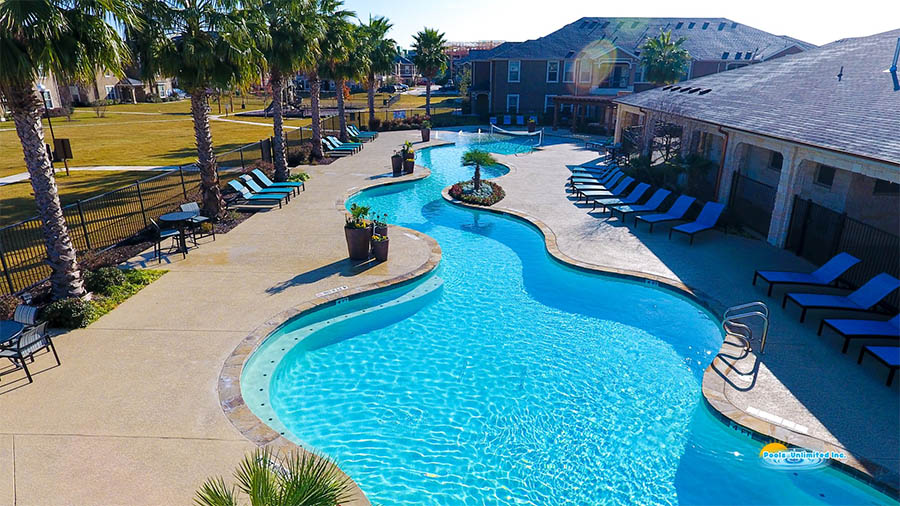
30 Apr The Pool Building Process in 10 Steps:
Building any sort of swimming pool is both an expensive and time-consuming process. There are a number of important steps involved in building both commercial and residential swimming pools.
At Hydrocare, we’ve got 30+ years of industry experience. During that time, we’ve undertaken quite a number of projects as a leading commercial pool builder.
Continue reading this article to find out what 10 steps are involved in building a swimming pool.
Paperwork:
It all starts with your local council. You need approval to build a pool in your backyard. Part of the approval process involves preparing all levels of detail to the council, including:
- Plans and drawings
- Details of levels
- Datum points
- Steel plans
- Concrete plans
- Hydraulic plans
Some councils, such as those located in NSW will require a geotechnical survey, check for underground cables, as well as other site considerations i.e. nearby sewers of storm water drainage systems or other pipes that may be running beneath the site.
Excavation:
Once your local council has approved the new project, excavators will be brought in on site to begin digging. The first step involves creating a bright ‘mark-out’ (or outline) of the pool. Thereafter, excavation begins. As excavation is completed, the steel load will be delivered, preparing for the next step.
Steel fixing:
You’ve probably seen steel fixing applied to various sorts of construction. Essentially, professional steel fixers will create a steal cage around the pool. The cage will feature cross-cross shapes for the concrete to be sprayed onto.
Part of this step is pre-installing the plumbing for the interior of the pool. At this stage a pool building professional will layout the piping that will need to go through the concrete. Items include, blower lines, electrics, pool returns and suctions, solar provisions and water features.
Concreting:
Next, professional concreters are called in with their specialised tools to spray concrete mix onto the pool wall. The concrete mix is then shaped using special tools. Thereafter, the shell needs to be watered down twice a day for a fortnight, in order for it to absorb moisture.
External plumbing:
Once you decide where you’d like for your pump and filter to be situated, a plumber can get to installing those on site. This involves running all lines from the pool i.e. blower lines, heating lines, return lines, suction lines and spa lines.
Coping and landscaping:
Here’s where your pool really begins to take shape. During the coping and landscaping phase, coping and/or granite rocks, surround paving, waterline tiles and any water feature rocks or blocks will be delivered and constructed/laid.
Licensed professionals will lay the coping and waterline tiles on a bed of cement and sand. To allow for concrete movement, expansion joints will also be installed.
Keep in mind, you may need to seal your coping/paving depending on the type you choose.
Fence inspection:
The penultimate step to building a pool before start up is to make sure that your pool fence is compliant with all regulations. These will vary from state to state. The inspection would have already been paid for during the initial lodgement for approval. Once your fence has passed inspection, you may begin pebbling.
Pebble interior:
The last step of pool construction is pebbling the interior. This is the final step before you pool is filled up with water and started up. Pebbling prevents any further leakages. Once your pool has been pebbled, it will then be acid washed and filled up.
Start up:
Once your pool has been filled it is time to arrange for your pool start up. This includes cleaning the entire pool and all filtration equipment, including starting up the chlorinator, filter and pump, as well as chemically balancing the pool.
It’s a good idea to be completely across pool maintenance. Be sure to read plenty of articles about pool maintenance to avoid any big long-term problems. Though, a professional should still take you through pool maintenance during hand over.
Hand over:
During the handover stage a pool servicing professional should take you through pool maintenance – both on and off season. They will teach you how to take care of your pool, from equipment to balancing your chemicals.

